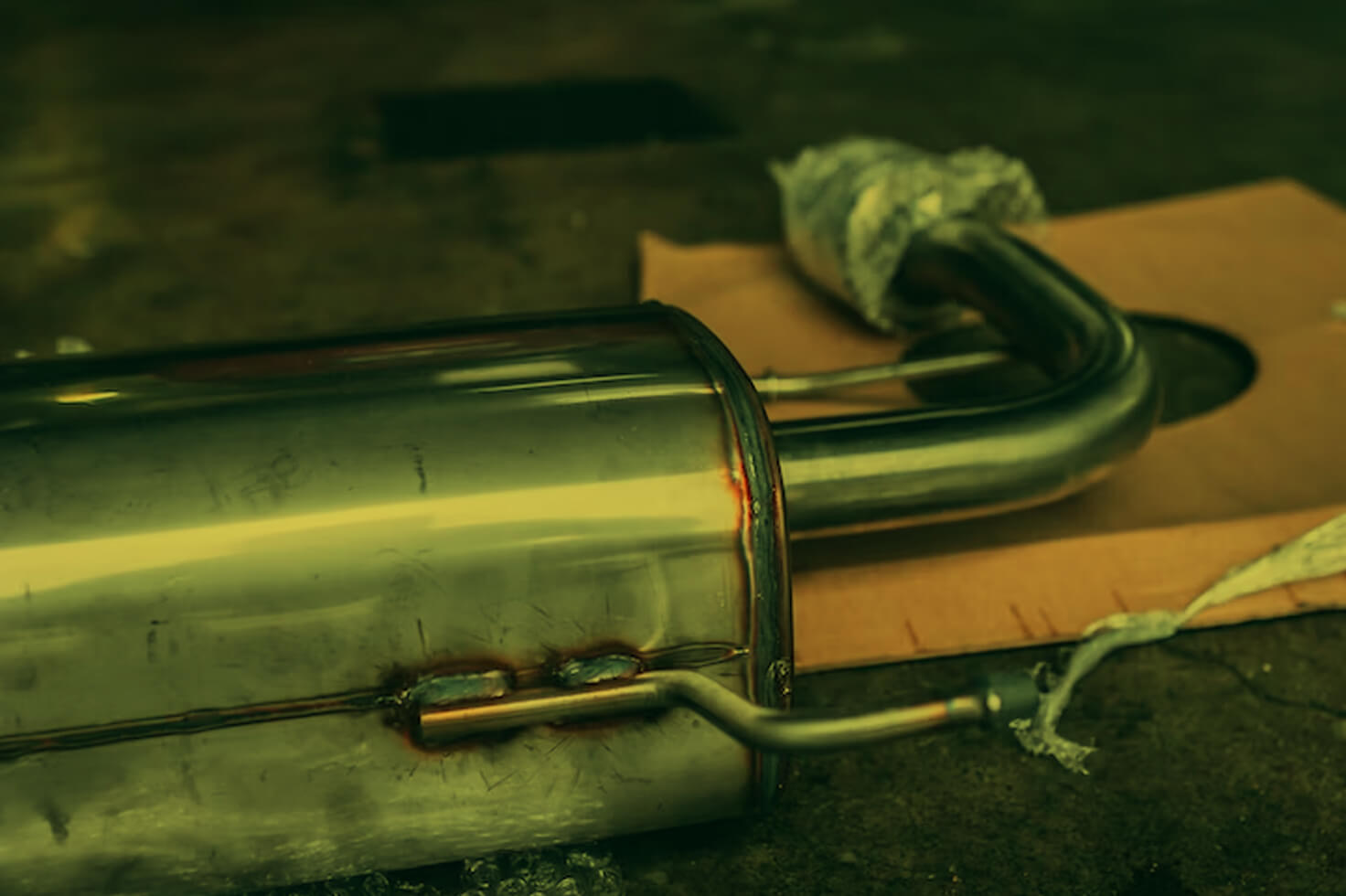Blog
High-Temperature Anti-Seize Corrosion Inhibitor for Exhaust Systems
Vehicle exhaust systems are subject to temperature extremes and corrosive chemicals. As such, they pose special repair challenges. High-temperature anti-seize helps to minimize some of those issues by protecting metal subjected to high temperatures and pressure.
Benefits of Using Anti-Seize on Exhaust Components
Anti-seize grease protects metal surfaces against corrosion, galling, and wear and facilitates the removal of old parts when used during installation. As its name suggests, an anti-seize corrosion inhibitor also reduces corrosion. This is critical in exhaust systems where high temperatures and chemicals break down metal components. A thin layer of grease goes a long way to preventing corrosion and keeping fasteners and other connections free from rust and contamination.
Average Temperatures of Exhaust Systems
There is no way around it: Car exhaust systems get hot. While a tailpipe normally gets to about 400 or 500 degrees, some can reach as high as 1,000 degrees. The temperature increases as you get closer to the cylinder heads and can easily surpass 1,200 degrees.
Metal fluctuations at these temperatures can cause wear and seizing at connections. Using an appropriate corrosion inhibitor for exhaust systems reduces the likelihood of that happening.
Standard grease does not maintain its lubricating properties at these temperatures. Instead, it breaks down and exposes components to corrosive forces such as high temperatures and exhaust gasses. Using a high-quality high-temperature anti-seize eliminates those issues and protects exhaust components. It is suitable for use on most fittings, fasteners, and clamps, including exhaust pipes and fittings and manifold bolts and clamps.
Tips for Using Anti-Seize on Auto Exhaust Components
One of the most important things to keep in mind when applying anti-seize grease is that a little bit goes a long way and too much can cause problems. You do not want to over apply grease since it attracts contaminants when left exposed. Therefore, you should only apply it to the threads that have direct contact with each other. Choose a high-temperature anti-seize lubricant with an applicator appropriate to your project, such as a spray, brush, or squeeze tip.
Applicators aren't the only things that must be suitable for your repair. The underlying grease base of your anti-seize must be able to withstand extreme temperatures of exhaust system use. Always read product labeling and recommended uses before applying lubricant on an exhaust component. It's also helpful to shop for special anti-seize products designed to work in temperatures up to 2,000 degrees.
You also want to be careful to use an appropriate anti-seize product for your project. For example, a copper-graphite blend is great for many tasks, but the latter's electrical conductivity makes it suitable for areas where an electric current must be maintained.
Finally, since high-temperature anti-seize also makes proper fastening easier, you must reduce the amount of torque used to secure connections. Failure to do so can lead to breakage of delicate exhaust components.
We supply automotive repair pros with high-quality products and shop supplies, including high-temperature anti-seize, at reasonable prices
Sources:
- https://www.jdpower.com/cars/shopping-guides/how-long-does-it-take-for-a-car-to-cool-down
- https://www.jdpower.com/cars/shopping-guides/how-hot-does-a-car-exhaust-pipe-get
- https://depts.washington.edu/vehfire/ignition/autoignition/surftemper.html
- https://mechanicbase.com/engine/how-hot-does-an-exhaust-pipe-get/

